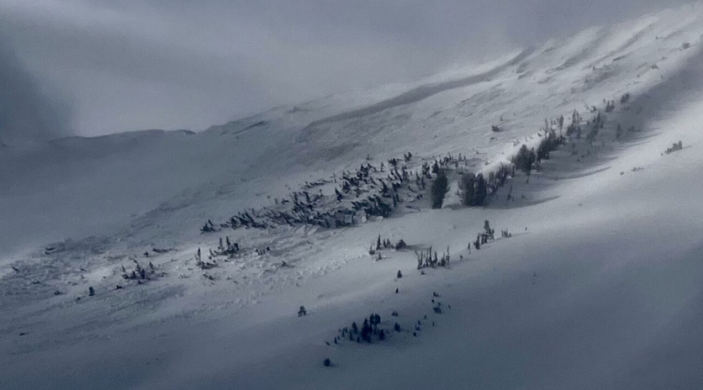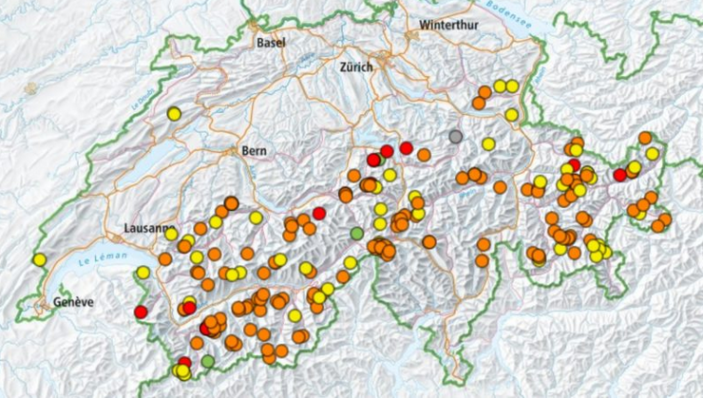
The Forest Service Avalanche Center for the Sierra would not exist without community donations, despite being a government operation.

Even if you’re an expert, you can never be too safe in the backcountry. It’s something two avalanche Forest Service forecasters learned last week after they triggered a slide.
Last Friday two avalanche forecasters from the Gallatin National Forest Avalanche Center had a close call on Fisher Mountain.
The two forecasters had snowmobiled to an area on the mountain to dig snow pits. “One of them rode and then the second person came, and when the second person was coming, he triggered the avalanche from below.”
"It was a really close call because it was a big avalanche.”

Avalanche Warnings in Switzerland to be modified starting this winter. The SLF is enhancing the precision by subdividing the danger levels. It will indicate whether the danger is towards the bottom end, in the middle or towards the top end of the reported level.
The SLF (Swiss Institute for Avalanche Research) says the new system will provide “users with more precise information for assessing the risk”.
The five danger levels themselves remain unchanged.

Georgia Tech engineering student Mirza Samnani volunteered over 1,000 hours to develop early warning systems for avalanches in Tajikistan.
Samnani hiked over 9,200 feet — three times — to install two weather stations in the village of Manem in Tajikistan. This project has the potential to affect more than 1 million people in hundreds of villages in the high mountainous regions of Central and South Asia including Tajikistan, Afghanistan, and Pakistan that are prone to avalanches every winter. It can also be scaled to other parts of the world where avalanches pose a high risk.

Friends of Tuckerman Ravine and White Mountain Avalanche Education Foundation, both longtime nonprofits of Mt. Washington Valley, have merged. The merger will support and promote the Mount Washington Avalanche Center, a Forest Service operation.
The new avalanche nonprofit will provide financial aid for Forest Service operations.

Can we use Artificial Intelligence for Avalanche Forecasting?
Even the best forecasters only reach about 75% accuracy in their avalanche predictions. After all, they are only human. One of the greatest challenges is in the fact that avalanche danger cannot be precisely measured or communicated. It is, therefore, a matter of expert assessment and opinion by humans.
Last season the Swiss Institute for Snow and Avalanche Research successfully tested a first-of-its-kind, artificial intelligence computer program to assist in its avalanche forecasts. The SLF is a world leader in the field of avalanche forecasting and pushes the boundaries of avalanche forecasting methods.